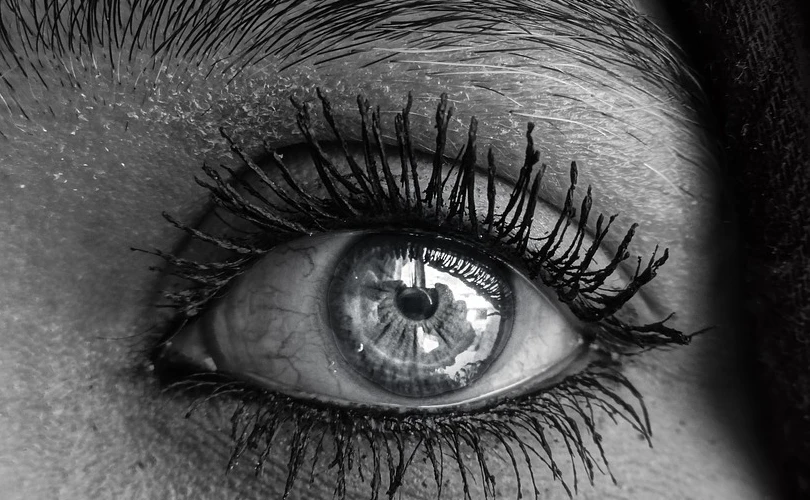There have been several research on the use of cannabis for the treatment of glaucoma. Among the most prominent studies are:
Studies
A 1971 research published in the journal Science discovered that smoking cannabis lowered intraocular pressure (IOP) by up to 25% in persons with glaucoma.
Researchers conducted the first study in 1971 that proved how inhaled THC reduced intraocular pressure (IOP) in the majority of its test subjects for 2-4 hours.
Even though this was a small experiment with healthy volunteers serving as controls, it sparked interest in the prospect of utilizing THC to treat glaucoma patients.
Additional studies done in the 1970s and 1980s indicated that both oral and intravenous administration of THC reduced intraocular pressure.
THC did not reduce intraocular pressure (IOP) when given topically as an eye drop. In contrast, studies have shown that CBD does not lower intraocular pressure and may even increase it.
For decades, there was a scarcity of fresh research on marijuana due to its categorization as a Class I drug and the related societal stigma. Mosaed et al. demonstrated that inhaled THC reduced intraocular pressure by 15% on average for 3 hours in recent research.
According to a 1981 research published in the journal Ophthalmology, smoking cannabis was beneficial in lowering IOP in glaucoma patients.
According to a 1989 research published in the journal Survey of Ophthalmology, smoking cannabis was beneficial in lowering IOP in glaucoma patients who were not responding to traditional therapy.
A 2006 research published in the journal Drug and Alcohol Dependence discovered that vaporizing cannabis was beneficial in lowering IOP in glaucoma patients.
In a 2018 study published in the journal Cannabis and Cannabinoid Research, researchers discovered that taking cannabis was beneficial in lowering IOP in glaucoma patients.
These studies demonstrate that cannabis can help reduce IOP, which is a crucial risk factor for glaucoma. More analysis, however, is required to determine cannabis’s long-term safety and efficacy in the treatment of glaucoma.
Further Considerations
While cannabis research for glaucoma is encouraging, there are a few factors to bear in mind:
Side effects of cannabis include dry mouth, red eyes, disorientation, and poor coordination.
Cannabis has the potential to interact with other drugs.
Cannabis smoking can be detrimental to the lungs.
Cannabis does not treat glaucoma.
If you are thinking about using cannabis to treat your glaucoma, talk to your doctor about the risks and benefits.
Conclusion
Cannabis is a promising new glaucoma therapy alternative. Before beginning therapy, it is critical to consult with your doctor about the possible dangers and advantages of taking cannabis for glaucoma.






